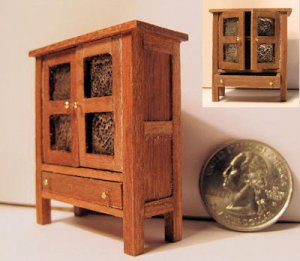I am a miniaturist, but I am new to model railroading. I have in mind a recreation of part of my family history
This will be a journey into a past time and family for me , I would love to have help with this.
I am researching The Cummer Lumber Company of Jacksonville, Florida and the railroad that they built to be used to haul lumber in Florida, it also served as a passenger line.
My great great uncle was Wellington W Cummer, the founder of the company and builder of the railroad.
It later became the Jackonville and Southwest Railroad until taken over by the Atlantic Coast Line Railroad
In 1904. The line is now defunct and some of it has been a part of the rails to trails program.
I understand that they used for the most part Baldwin steam engines for the heavy work. I would like to start there , I have no clue if that engine is made in model form or if I can even aquire one. If anyone has any information on that I would sure appreciate the help.
Thanks so much !
This will be a journey into a past time and family for me , I would love to have help with this.
I am researching The Cummer Lumber Company of Jacksonville, Florida and the railroad that they built to be used to haul lumber in Florida, it also served as a passenger line.
My great great uncle was Wellington W Cummer, the founder of the company and builder of the railroad.
It later became the Jackonville and Southwest Railroad until taken over by the Atlantic Coast Line Railroad
In 1904. The line is now defunct and some of it has been a part of the rails to trails program.
I understand that they used for the most part Baldwin steam engines for the heavy work. I would like to start there , I have no clue if that engine is made in model form or if I can even aquire one. If anyone has any information on that I would sure appreciate the help.
Thanks so much !


